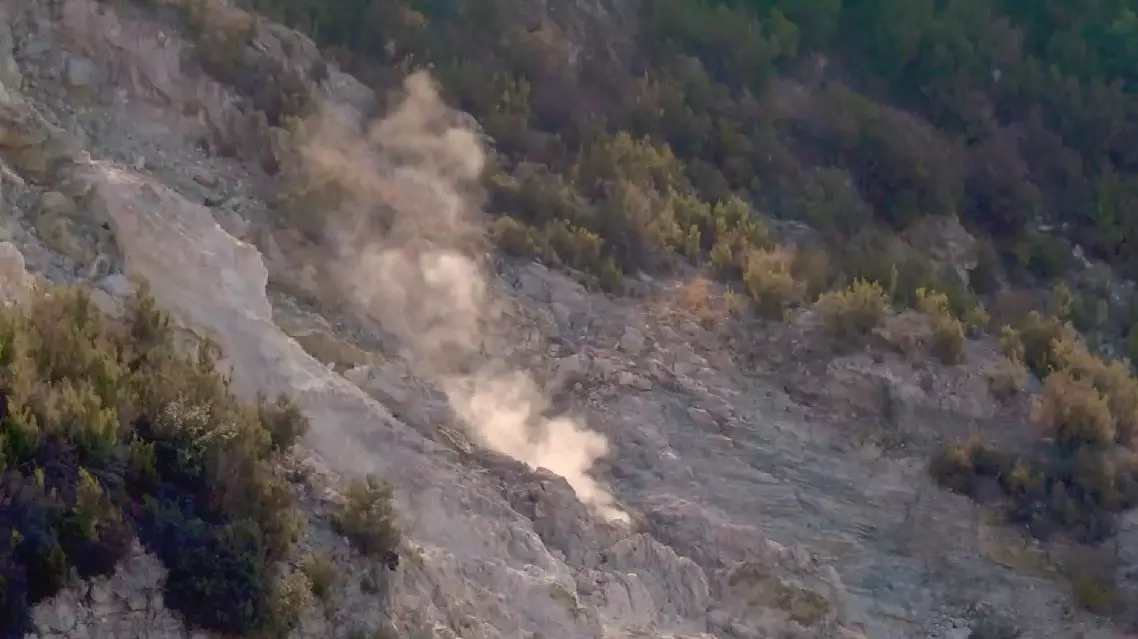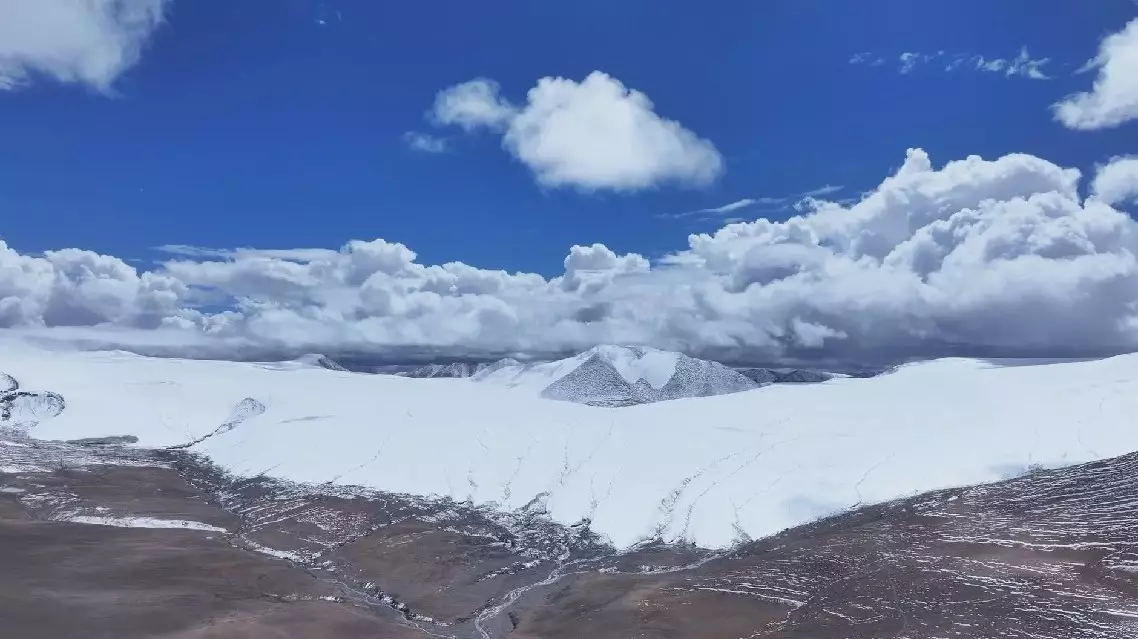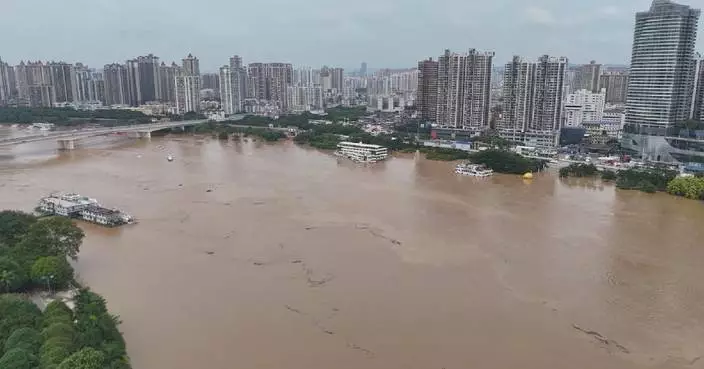Frequent earthquakes in souther Italy's Campi Flegrei volcano cluster over the past year have led to growing fears among those who living in vicinity over a volcanic eruption.
About 102,000 people live in the Campi Flegrei volcanic area and about 500,000 people around the area live in the "red zone" as defined in the National Emergency Planning for Volcanic Risk.
Furthermore, the volcano is upwind of Naples, so there are more than 800,000 residents outside the red zone who would be affected by large amounts of ash.
Small tremors have reportedly become more frequent since last summer, with scientists recording more than 1,000 a month. Two larger quakes occurred on May 20 and July 26, reaching magnitudes of 4.4 and 4.0, respectively, and causing fear in the town of Pozzuoli at the heart of the volcanic area.
Residents told China Central Television (CCTV) that they still remember the days when they took shelter in the streets.
"The 4.4 magnitude earthquake on May 20 shocked us locals. Those who were able to leave, whose families had other places to live, and those who were financially able left, while those who were left with nothing are struggling," said Ciro, a resident of Pozzuoli.
In 2016, the Italian government planned several sites across the country for the evacuation and relocation of affected people, but residents say the plans have failed to bring the desired results.
"The government has an evacuation plan as a precautionary measure, but it is not enough because there are no shelters or tents [in the evacuation areas]. Everything has been planned on paper and nothing has been materialized," said Giuseppe, a resident of Pozzuoli.
Faced with unpredictable disasters, some citizens reacted more calmly, unwilling to leave their home.
"I don't feel exhausted or vulnerable. Honestly, I'm going to hang on and stay in my hometown. And of course I'm taking every precaution," said Antonella, a resident of Pozzuoli.

Frequent earthquakes lead to fears over volcanic eruption in southern Italy

Frequent earthquakes lead to fears over volcanic eruption in southern Italy
China's scientific expedition team on Thursday obtained critical ice cores during their investigation of the Qinghai-Xizang Plateau, which is known as Asia's "water tower".
The region encompasses "one glacier, two lakes and three rivers". It is home to Purog Kangri Glacier, the world's largest glacier in the mid to low-latitude regions, as well as Siling Lake and Namtso Lake, the largest and second-largest lakes in Xizang, respectively. It is also the birthplace of the Yangtze River, Nujiang River and Yarlung Zangbo River.
The climate in the region is complex and changeable, and its ecosystem is very fragile, and meanwhile it is a pivotal area for Xizang's economic and social development.
During their expedition, the team drilled for ice cores at different depths overnight on Thursday, aiming to capture climate records from different time scales.
Ice core drilling is typically conducted during the night and early morning when the ice temperature is sufficiently low.
Ice cores serve as vital records of global climate and environmental changes. The sediments and bubbles within these cores are clues to understanding the history of Earth's climate. By studying the bubbles captured in ice cores, scientists can analyze atmospheric composition, including carbon dioxide levels, over hundreds of thousands of years.
Yao Tandong, an academician at the Chinese Academy of Sciences (CAS) and leader of the expedition, and Lonnie Thompson, a renowned American glacier expert and foreign academician at CAS, conducted their scientific expedition on the glacier Thursday morning.
Through helicopter observations, thickness-measuring radar, satellite image comparison and other methods, the scientific expedition team has found that the surface area of the Purog Kangri Glacier has shrunk by 10 percent over the past 50 years.
The average altitude of Purog Kangri Glacier is 5,748 meters, with the highest point reaching 6,370 meters. Due to global warming, the glacier is melting rapidly.
"So does the melting of glacier surface -- the higher the altitudes, the less the ablation volume, while at lower altitudes, it accumulates and forms branch-like rivers on the ice surface. Currently, these branches extend up to altitudes of 6,000 meters," said Xu Baiqing, a research fellow of the Institute of Tibetan Plateau Research under the CAS.
Research indicates that the accelerated retreat of glaciers on the Qinghai-Xizang Plateau over the past 40 years reflects a broader trend, and the melting rate of the Purog Kangri Glacier is relatively slow compared to the overall situation of the plateau.
The temperature changes within the glacier also attributed to the great difficulty of drilling, said Xu.
"Due to climate warming, the temperature within the glacier has risen, which suggests that under the same backdrop of temperature variations, the ablation may show abrupt shift with accelerating growth," said Xu.
The expedition was launched on Aug 18, 2024 and is scheduled to continue until October.

Scientists obtain critical ice cores during expedition in Qinghai-Xizang Plateau











